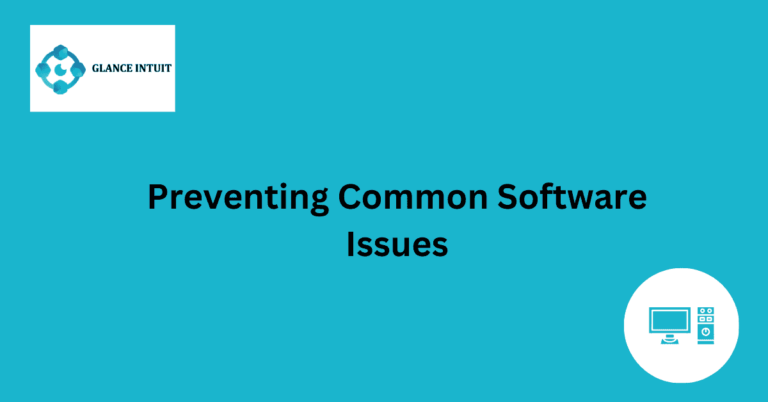How to Correct User Errors
Correcting user errors is a crucial aspect of any digital experience. Whether it’s a simple typo or a more complex issue, knowing how to address and fix these errors can greatly enhance user satisfaction. By providing clear guidance and effective solutions, users can navigate through the platform seamlessly.
Understanding common mistakes and offering step-by-step instructions can empower users to rectify errors independently. By highlighting potential pitfalls and offering proactive solutions, users can feel supported and confident in their digital interactions. Addressing user errors promptly and efficiently can ultimately lead to a more positive user experience.
Importance of Correcting User Errors
Correcting user errors is crucial for ensuring a seamless and enjoyable user experience on any platform or website. When users encounter errors, it can lead to frustration, confusion, and ultimately, a negative perception of the brand or service. By addressing and rectifying user errors promptly and effectively, businesses can build trust with their users and enhance overall satisfaction.
Common User Errors to Look Out For
Some common user errors that businesses should be aware of include inputting incorrect information, navigating to the wrong page, encountering technical glitches, and misunderstanding instructions. By identifying these common errors, businesses can proactively address them and provide clear guidance to users on how to resolve them.
Providing Clear Guidance for Users
One of the key aspects of correcting user errors is to provide clear and concise guidance for users on how to rectify their mistakes. This can include step-by-step instructions, visual cues, and helpful tips to assist users in navigating through the error resolution process smoothly.
Step-by-Step Instructions for Error Rectification
When users encounter errors, it is essential to provide them with detailed step-by-step instructions on how to correct the issue. By breaking down the resolution process into manageable steps, users can easily follow along and rectify the error without feeling overwhelmed or confused.
Empowering Users to Address Errors Independently
Empowering users to address errors independently is a key strategy in enhancing the user experience. By providing users with the necessary tools, resources, and information, they can take control of the error resolution process and feel a sense of accomplishment when successfully correcting the error.
Highlighting Potential Pitfalls and Solutions
It is important to highlight potential pitfalls that users may encounter when trying to correct errors. By anticipating common challenges and providing proactive solutions, businesses can help users navigate through the error resolution process more effectively and efficiently.
Prompt and Efficient Error Resolution
Prompt and efficient error resolution is essential for maintaining a positive user experience. By addressing user errors in a timely manner and providing quick solutions, businesses can minimize user frustration and ensure that users can continue their journey without interruptions.
Enhancing User Experience Through Error Correction
By prioritizing error correction and resolution, businesses can significantly enhance the overall user experience. When users feel supported, guided, and empowered to address errors effectively, they are more likely to have a positive perception of the brand and continue engaging with the platform or service.
Frequently Asked Questions
Our goal is to provide you with all the information you need to enhance your user experience. Below, you’ll find detailed answers to some of the most commonly asked questions.
How can I correct user errors on my website?
Correcting user errors on your website is essential to ensure a smooth user experience. One way to do this is by providing clear error messages that guide users on how to correct their mistakes. Additionally, you can implement validation checks to prevent common errors from occurring in the first place. Regularly testing your website’s usability can also help identify and address user errors.
What are some common user errors on websites?
Common user errors on websites include entering incorrect information in form fields, clicking on broken links, and encountering confusing navigation. Users may also face errors due to slow loading times, poor design choices, or lack of clear instructions. Understanding these common errors can help you proactively address them and improve the overall user experience.
How can I optimize my website for Google search results?
Optimizing your website for Google search results involves several key strategies. This includes creating high-quality, relevant content that incorporates relevant keywords, improving your website’s loading speed, and ensuring mobile-friendliness. Additionally, optimizing meta tags, URLs, and image alt text can help improve your website’s visibility on search engines like Google.
Why is it important to address user errors promptly?
Addressing user errors promptly is crucial to maintaining a positive user experience and retaining website visitors. When users encounter errors, they may become frustrated and leave your website, leading to a loss of potential customers or clients. By promptly addressing user errors, you can demonstrate your commitment to customer satisfaction and improve overall user engagement.
How can I use Google Analytics to identify user errors?
Google Analytics is a powerful tool that can help you identify user errors on your website. By analyzing metrics such as bounce rate, exit pages, and behavior flow, you can pinpoint areas where users are experiencing difficulties. Additionally, setting up custom alerts in Google Analytics can notify you of any sudden changes or anomalies that may indicate user errors.
What role does user feedback play in identifying and correcting errors?
User feedback is essential for identifying and correcting errors on your website. By actively seeking feedback through surveys, user testing, and customer support channels, you can gain valuable insights into the user experience. Analyzing user feedback can help you prioritize which errors to address first and implement effective solutions to improve usability and satisfaction.







